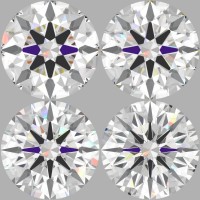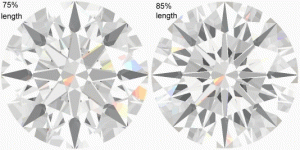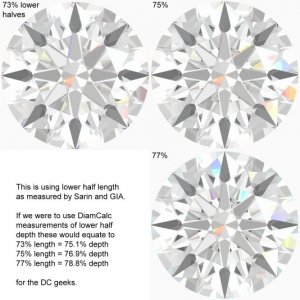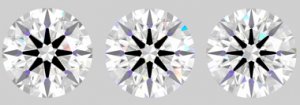- Joined
- Mar 28, 2001
- Messages
- 6,341
Absolutely John and excellent point.Date: 3/19/2006 8:14:59 PM
Author: JohnQuixote
Agreed. There are combinations of steep a bit outside of AGS'' paradigms or shallow a bit outside GIA''s paradigms that will appeal to people. I think we''re fine with that. But don''t you agree that most people would not prefer a 1.28 with the face-up spread of a 1.16 (for example)...if they were aware that this was the case?Date: 3/19/2006 7:34:15 PM
Author: Rhino
In my conversations with Al Gilbertson he had stated that one of the staff members on the cut research team REALLY liked one of the Grade 3''s that were a shallow/shallow. I couldn''t help but think of Garry.And after reexaming some of our older stock stones of the like, I totally understand how one could prefer that. The dudes on both cut teams (GIA & AGS) are hoping that their research encourages more people to *look* at diamonds to better understand what their personal preferences really are. Who knows ... ones personal preference may be for an AGS 4?!?


Peace,














300x240.png)